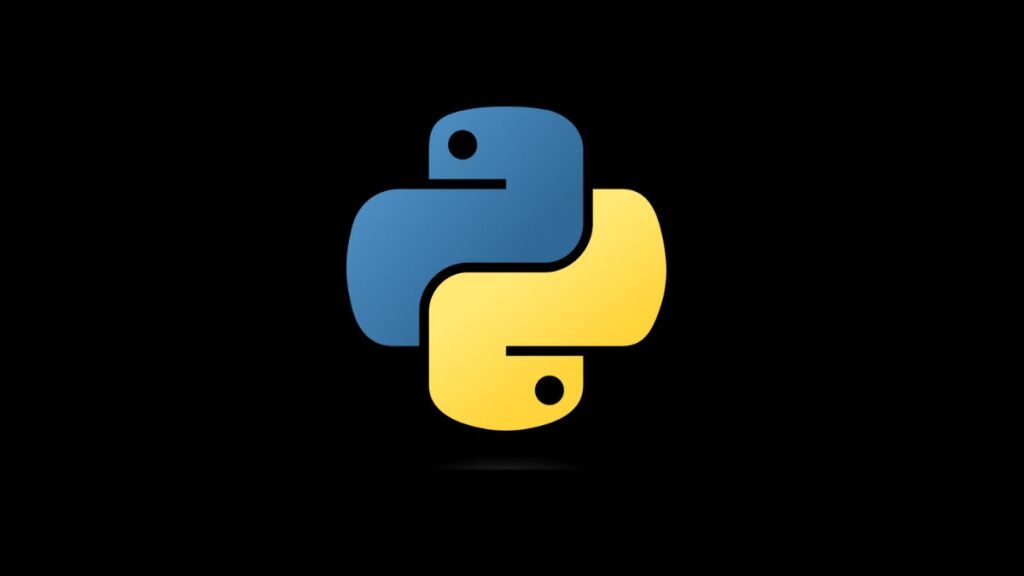In Python, dealing with binary data is a common requirement, especially when working with low-level systems programming, data encoding, compression algorithms, or simply when needing to understand the binary representation of data for debugging purposes. Python provides built-in functions and formatting options to convert integers and other data types into their binary representations and print them out. This article offers a detailed exploration of how to print binary representations in Python, covering various methods and their applications.
Understanding Binary Representation
Binary representation refers to expressing values using only two symbols: 0 and 1. Each digit in a binary number represents a power of 2, with the rightmost digit representing 2^0, the next one representing 2^1, and so on. In computing, binary representation is fundamental, as it’s the most basic form of data representation in computer systems.
Printing Binary of Integers
The simplest way to print an integer in its binary form is by using the bin() function or formatted string literals (also known as f-strings).
Using the bin() Function
The bin() function converts an integer to its binary representation as a string.
number = 42
binary_string = bin(number)
print(binary_string) # Output: 0b101010Note that the output string includes the prefix 0b, indicating that the following digits are in binary.
Using Formatted String Literals (f-strings)
Python 3.6 introduced formatted string literals, making it easier to include expressions inside string literals for formatting. You can use the b format specifier to represent an integer in its binary form.
number = 42
print(f"{number:b}") # Output: 101010Printing Binary of Bytes and Byte Arrays
Binary data in Python can be represented using bytes or bytearray objects. The bytes type is immutable, while the bytearray is mutable. To print the binary representation of these types, you can iterate through the bytes and convert each byte into its binary form using either of the methods mentioned above.
data_bytes = b'Hello'
data_bytearray = bytearray(data_bytes)
# Using the bin() function
for byte in data_bytes:
print(bin(byte))
# Using f-strings for bytearray
for byte in data_bytearray:
print(f"{byte:b}")Printing Binary with Leading Zeros
When dealing with binary data, especially in contexts where alignment or fixed-width representation is important, you might want to print binary numbers with leading zeros. This can be achieved using formatted string literals with the format specifier, specifying the width.
number = 5
width = 8 # Desired width with leading zeros
print(f"{number:0{width}b}") # Output: 00000101Advanced: Binary Representation of Floating-Point Numbers
Printing the binary representation of floating-point numbers is more complex due to how they are stored in memory (following the IEEE 754 standard). Python does not provide a direct built-in function for this, but you can use the struct module to first convert the float into its binary representation in memory and then print it.
import struct
number = 42.0
# Convert float to bytes, then to an integer
binary_representation = struct.unpack('>Q', struct.pack('>d', number))[0]
print(f"{binary_representation:b}")This code packs the float into bytes using struct.pack() with the >d format (big-endian double-precision float), then unpacks it as a long integer (>Q) to print its binary representation.
Conclusion
Printing binary representations in Python is straightforward for integers and byte-related data types, with multiple options available depending on the specific requirements, such as including leading zeros or omitting the 0b prefix. When it comes to floating-point numbers, the process is more involved due to their different storage format, but it’s still achievable with the help of the struct module. Understanding how to print binary representations enhances your ability to work with low-level data manipulation, debugging, and understanding the underlying binary data structures in Python applications.
- How to Add Captions inside Feature Images with GeneratePress - May 8, 2024
- Car Dealership Tycoon Codes: Free Cash for March 2024 - April 9, 2024
- World Solver - April 9, 2024

